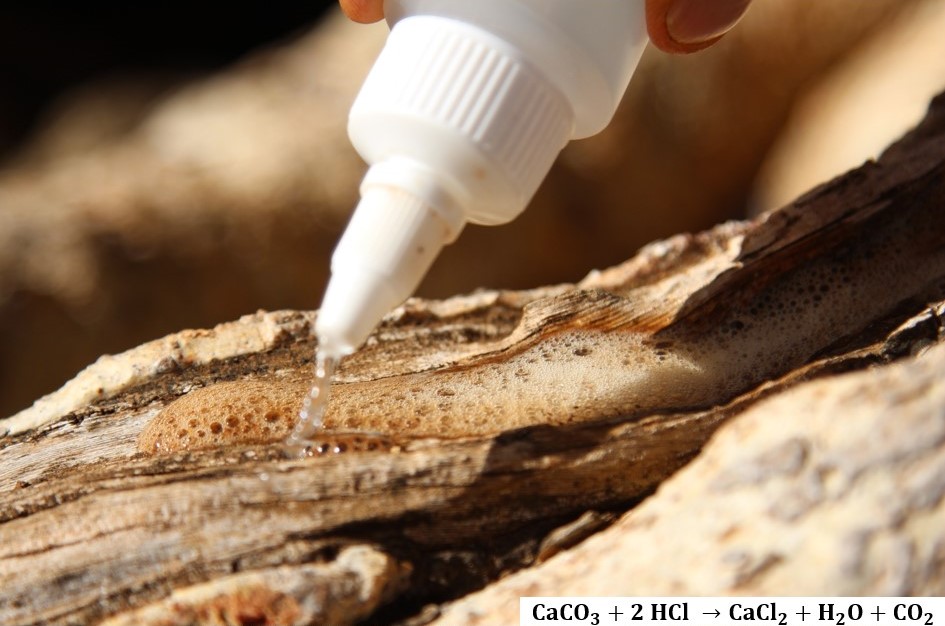 (Adam Jones/Getty Images)
(Adam Jones/Getty Images)
It's well-known that trees absorb carbon dioxide from the air to create their structure's organic building blocks. Some trees go one step further, converting extra CO2 into limestone within their trunks. Now researchers have found a new example of such a plant that could be a suitable choice for agriculture.
These trees can turn this greenhouse gas into calcium oxalate, which microbes then convert to calcium carbonate, aka limestone: the same mineral formed by coral reefs.
"We've known about the oxalate carbonate pathway for some time, but its potential for sequestering carbon hasn't been fully considered," says biogeochemist Mike Rowley from the University of Zurich.
Related: A New Type of Wood Just Discovered Could Revolutionize Carbon Storage
The international research team focused on three species of figs: Ficus wakefieldii, Ficus natalensis, and Ficus glumosa.
While all three species convert carbon dioxide in the air into limestone laced throughout their bark and wood, Ficus wakefieldii performed best in terms of carbon fixation rates.
Calcium carbonate tends to remain trapped in soil much longer than organic carbon, so trees that do this could be important allies in slowing climate change. Adding a productive species of food crop to the short list of limestone-producing plants could provide an extra incentive to grow them, too.
"If we're planting trees for agroforestry and their ability to store CO2 as organic carbon, while producing food, we could choose trees that provide an additional benefit by sequestering inorganic carbon also, in the form of calcium carbonate," Rowley says.
 The scientists used a range of bulk techniques to characterize the carbon and calcium biogeochemical cycles associated with the fig trees. (Osher Shanti Rozin)
The scientists used a range of bulk techniques to characterize the carbon and calcium biogeochemical cycles associated with the fig trees. (Osher Shanti Rozin)All three fig species grow in the depleted basaltic soils of Samburu country in Kenya. In this dry environment, it is easier for the scientists to track the formation of calcium carbonate.
"However, even in wetter environments, the carbon can still be sequestered," Rowley says. "So far, numerous species of tree have been identified which can form calcium carbonate, but we believe there are many more. This means that the oxalate-carbonate pathway could be a significant, under-explored opportunity to help mitigate CO2 emissions as we plant trees for forestry or fruit."
The research was presented at the Goldschmidt geochemistry conference in Prague.

.jpg) 12 hours ago
2
12 hours ago
2
 English (US)
English (US)